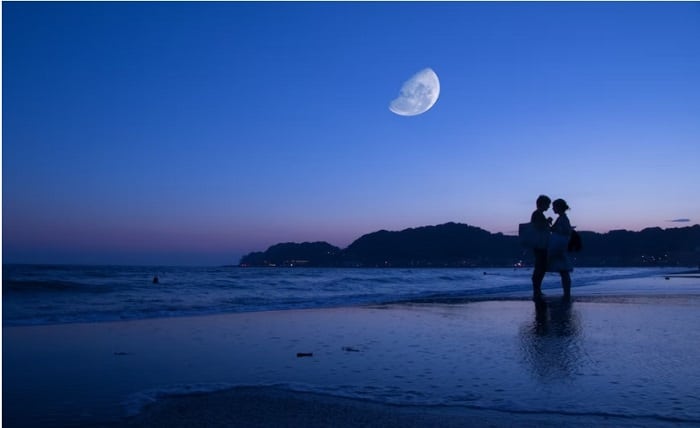
Isn’t the Moon Lovely? Exploring the Cultural Significance of a Poetic Phrase
The moon, with its silvery glow and ever-changing phases, has captured human imagination for millennia. It inspires poets and artists, fuels our scientific curiosity, and evokes a sense of wonder in all who gaze upon it. But the moon’s influence transcends the purely aesthetic, holding a deep cultural significance in various societies around the world.
In Japan, one particular phrase encapsulates the moon’s allure and its role in human connection: “月が綺麗ですね” (tsuki ga kirei desu ne), which translates to “Isn’t the moon lovely?”
This seemingly simple sentence goes beyond its literal meaning. It has become a coded way of expressing love, affection, and even longing. The phrase is often used in literature and anime, particularly in moments of romantic tension or unspoken feelings.
The Origins of “Isn’t the Moon Lovely?”
The exact origin of this phrase is somewhat debated, but it is believed to have gained prominence through the works of the famed Japanese novelist Natsume Sōseki. In his 1909 novel Kokoro, a character uses the phrase to confess his love for another, leaving the interpretation open to the reader’s imagination.
Since then, “Isn’t the moon lovely?” has become a staple in Japanese culture, appearing in countless novels, manga, and films. It’s a subtle yet powerful way to express emotions that may be difficult to articulate directly.
Cultural Significance and Interpretations
The beauty of the moon provides the perfect backdrop for this phrase, adding a layer of romanticism and mystery. It implies shared appreciation for something beautiful, creating a connection between two individuals.
However, the phrase can also be interpreted in different ways depending on the context. It can be used to express admiration for someone’s beauty, offer comfort in times of sadness, or simply initiate a conversation. The ambiguity of the phrase allows it to be adapted to various situations and relationships.
Beyond Japan: The Moon and Love Across Cultures
The moon’s association with love and romance is not unique to Japan. Many cultures around the world have their own myths and traditions linking the moon to love and fertility.
For example, in Chinese mythology, the moon goddess Chang’e is a symbol of eternal love and longing. Similarly, ancient Greeks associated the moon goddess Artemis with childbirth and virginity.
These cultural connections highlight the universality of the moon’s influence. It serves as a reminder that, despite cultural differences, humans share a common capacity for love, beauty, and wonder.
The Enduring Appeal of “Isn’t the Moon Lovely?”
In today’s fast-paced world, “Isn’t the moon lovely?” serves as a reminder to slow down and appreciate the simple beauty of the natural world. It encourages us to connect with others and express our emotions in a heartfelt and meaningful way.
This phrase transcends the boundaries of language and culture, offering a timeless expression of love and human connection.
Conclusion
Isn’t the moon lovely? is more than just a sentence. It’s a cultural touchstone, a coded expression of love, and a testament to the enduring power of the moon to inspire and connect us all. So, the next time you gaze upon the moon, take a moment to appreciate its beauty and reflect on the profound impact it has had on human culture and emotions for centuries.




